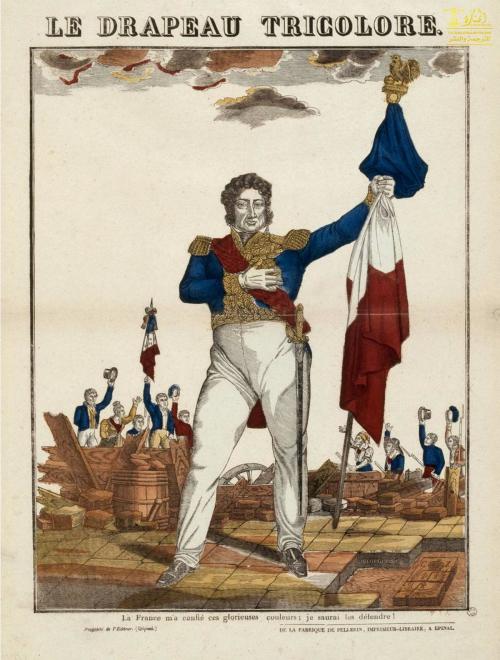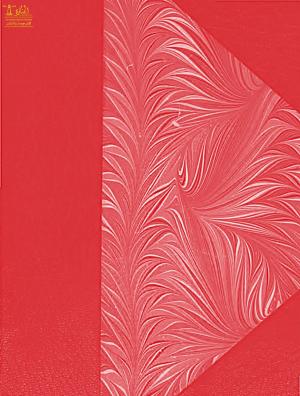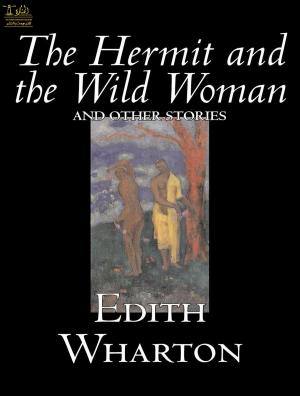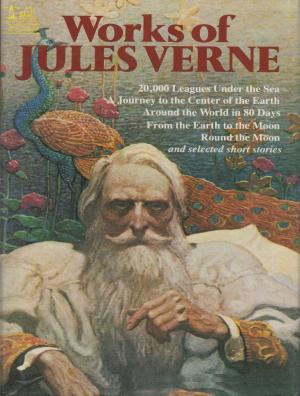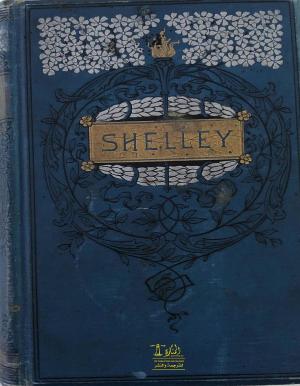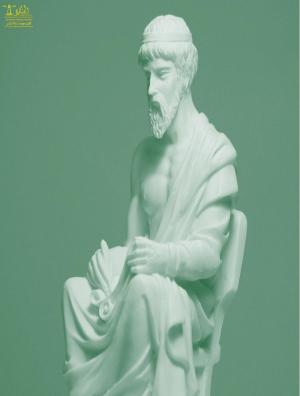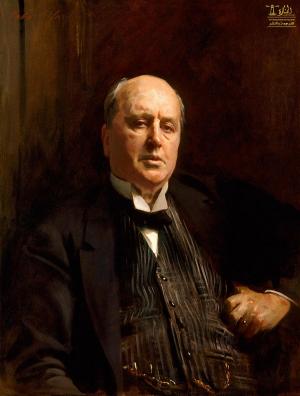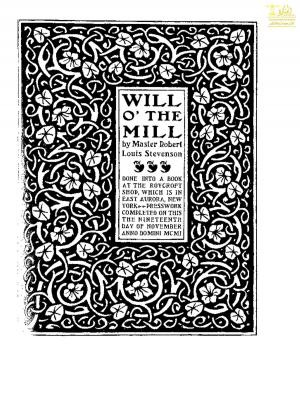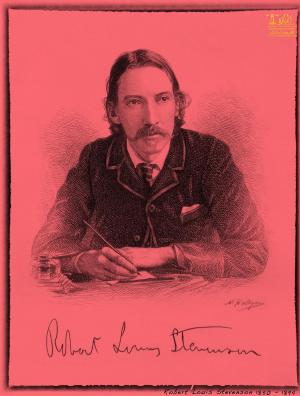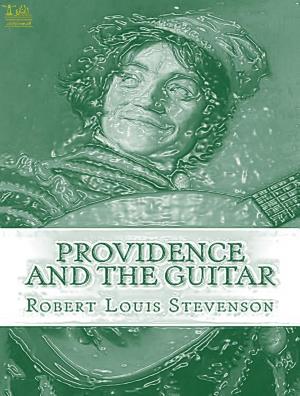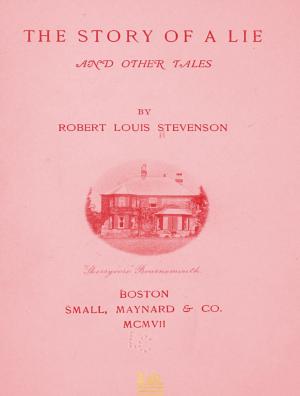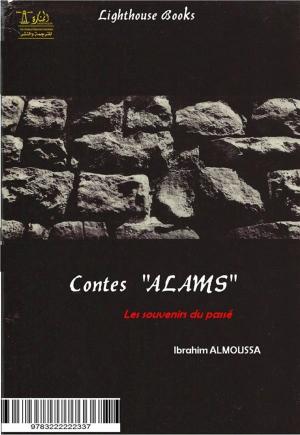Baraboo, Dells, and Devil's Lake Region
Nonfiction, Entertainment, Drama, Anthologies, Fiction & Literature, Essays & Letters, Essays| Author: | H. E. Cole | ISBN: | 9780599460164 |
| Publisher: | Lighthouse Books for Translation Publishing | Publication: | May 19, 2019 |
| Imprint: | Lighthouse Books for Translation and Publishing | Language: | English |
| Author: | H. E. Cole |
| ISBN: | 9780599460164 |
| Publisher: | Lighthouse Books for Translation Publishing |
| Publication: | May 19, 2019 |
| Imprint: | Lighthouse Books for Translation and Publishing |
| Language: | English |
The following pages are intended to give but a faint hint of the geology, archeology, history and scenic beauty of the Baraboo, Dells, and Devil's Lake region. If they add, even in a slight degree, to the pleasure of those who love the out-of-doors, and encourage the local resident as well as the visitor to inform himself concerning the numberless interesting and fascinating features of our countryside, the object for which they were written will have been accomplished.
Baraboo, the Gem City, is supposed to have been named for Jean Baribault (the spelling corrupted into Baraboo), a French trader and trapper who is said to have bartered with the Indians near the mouth of the stream which bears his name. First the river was called Baraboo, spelled in various ways, then the name was applied to the hills, to the city, and to the town.
The city of Baraboo is situated in a boat-shaped valley about twenty miles in length and of varying width. The north and south range of the Baraboo Bluffs enclose the valley, the river entering through a gap at the Upper Narrows and escaping through a similar opening at the eastern extremity of the depression.
The first families came to Baraboo about 1840, among them being those of Eben Peck, Wallace Rowin, and Abe Wood. The water power was the loadstone that attracted these first settlers, Peck laying claim to the land at the "lower oxbow" and the other two to the power site at the "upper oxbow" of the Baraboo river. Eben Peck was the first to erect a house in Madison, Mrs. Peck was the first white woman in the Baraboo valley, and their only daughter, Mrs. A. S. Hawley, the first white person born in Madison, now resides in the neighboring village of Delton.
The first courthouse in Baraboo stood on the north side of the square at about 120 Fourth Avenue. The second story was used by the pioneers, not only for a courtroom but for church, school, lecture and dancing hall. On one occasion citizens began to arrive for both religious services and a dancing party, there being some mistake in announcing the two events. For a time there was some question as to how the matter would terminate when a violin was brought forth and the floor was soon filled with dancers indulging in the light fantastic. After being deserted by the county officers, and while being used as a saloon, the building was burned on the night of July 4, 1857.
The beautiful Al. Ringling theatre, 136-140 Fourth Avenue, just west of the old courthouse site, was erected by the oldest of the circus firm of Ringling Brothers on the ground once occupied by the Wisconsin House, the brick portion of which was known in pioneer times as the Little Dutch Tavern. The theatre, a building of unusual beauty, was built in 1915, at a cost of about $100,000. The interior is of French design; instead of a gallery there is a crescent of seventeen boxes above the main floor. The building seats almost 1,000 persons and was opened to the public on the night of November 17, 1915, the owner, then in ill health, being barely able to be present. Mr. Ringling died soon after, January 1, 1916, in the large mansion around the corner to the right.
The Al. Ringling residence of Lake Superior brown stone was erected in 1909, the cost being about $100,000. Here the funeral of a brother, Otto Ringling, was held in 1911. Otto was born in a small frame house that stood about where the north wall of the mansion is located. The only sister of the Ringling Brothers, Mrs. Harry North, and her family now occupy the home.
The following pages are intended to give but a faint hint of the geology, archeology, history and scenic beauty of the Baraboo, Dells, and Devil's Lake region. If they add, even in a slight degree, to the pleasure of those who love the out-of-doors, and encourage the local resident as well as the visitor to inform himself concerning the numberless interesting and fascinating features of our countryside, the object for which they were written will have been accomplished.
Baraboo, the Gem City, is supposed to have been named for Jean Baribault (the spelling corrupted into Baraboo), a French trader and trapper who is said to have bartered with the Indians near the mouth of the stream which bears his name. First the river was called Baraboo, spelled in various ways, then the name was applied to the hills, to the city, and to the town.
The city of Baraboo is situated in a boat-shaped valley about twenty miles in length and of varying width. The north and south range of the Baraboo Bluffs enclose the valley, the river entering through a gap at the Upper Narrows and escaping through a similar opening at the eastern extremity of the depression.
The first families came to Baraboo about 1840, among them being those of Eben Peck, Wallace Rowin, and Abe Wood. The water power was the loadstone that attracted these first settlers, Peck laying claim to the land at the "lower oxbow" and the other two to the power site at the "upper oxbow" of the Baraboo river. Eben Peck was the first to erect a house in Madison, Mrs. Peck was the first white woman in the Baraboo valley, and their only daughter, Mrs. A. S. Hawley, the first white person born in Madison, now resides in the neighboring village of Delton.
The first courthouse in Baraboo stood on the north side of the square at about 120 Fourth Avenue. The second story was used by the pioneers, not only for a courtroom but for church, school, lecture and dancing hall. On one occasion citizens began to arrive for both religious services and a dancing party, there being some mistake in announcing the two events. For a time there was some question as to how the matter would terminate when a violin was brought forth and the floor was soon filled with dancers indulging in the light fantastic. After being deserted by the county officers, and while being used as a saloon, the building was burned on the night of July 4, 1857.
The beautiful Al. Ringling theatre, 136-140 Fourth Avenue, just west of the old courthouse site, was erected by the oldest of the circus firm of Ringling Brothers on the ground once occupied by the Wisconsin House, the brick portion of which was known in pioneer times as the Little Dutch Tavern. The theatre, a building of unusual beauty, was built in 1915, at a cost of about $100,000. The interior is of French design; instead of a gallery there is a crescent of seventeen boxes above the main floor. The building seats almost 1,000 persons and was opened to the public on the night of November 17, 1915, the owner, then in ill health, being barely able to be present. Mr. Ringling died soon after, January 1, 1916, in the large mansion around the corner to the right.
The Al. Ringling residence of Lake Superior brown stone was erected in 1909, the cost being about $100,000. Here the funeral of a brother, Otto Ringling, was held in 1911. Otto was born in a small frame house that stood about where the north wall of the mansion is located. The only sister of the Ringling Brothers, Mrs. Harry North, and her family now occupy the home.
